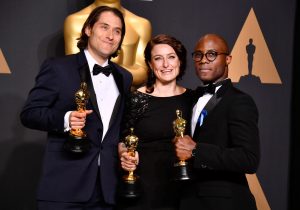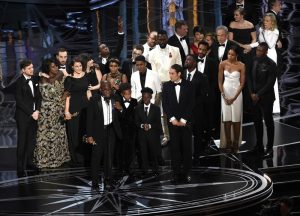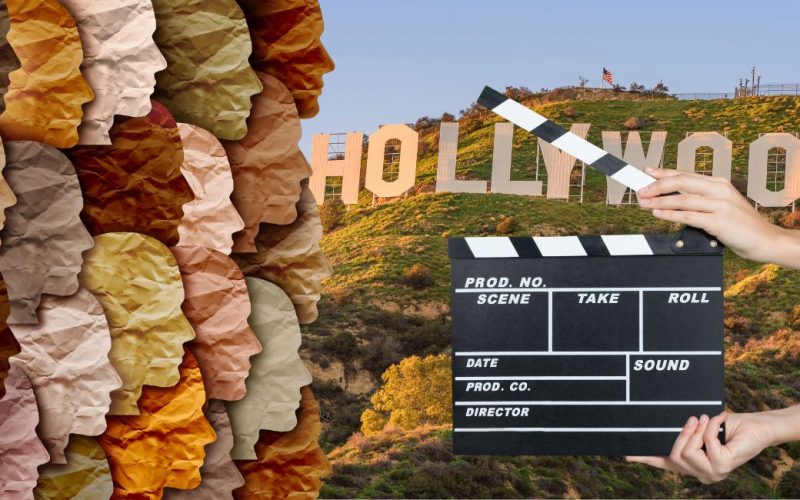Introduction
Hollywood, the epicenter of the global entertainment industry, has long been a subject of scrutiny regarding its representation of diversity. For decades, the industry was criticized for its lack of inclusion and the perpetuation of stereotypes. However, the landscape is slowly evolving, with notable strides toward greater representation of various ethnicities, genders, sexual orientations, and abilities. This article delves into the growth of diversity in Hollywood, highlighting the progress made and the challenges that persist.
Historical Context

-
Early Hollywood and Representation
In the early 20th century, Hollywood was predominantly a white, male-dominated industry. Minority groups were often relegated to stereotypical roles or excluded altogether. Films like “Birth of a Nation” (1915) not only showcased the industry’s racial biases but also reinforced harmful stereotypes. Women, too, faced significant barriers, with most roles limited to damsels in distress or secondary characters.
-
The Civil Rights Movement and Its Impact
The 1960s and 1970s brought about significant social changes in the United States, including the Civil Rights Movement. This era saw a gradual shift in Hollywood, with more films featuring African American actors and addressing racial issues. Sidney Poitier’s success in films like “Guess Who’s Coming to Dinner” (1967) marked a turning point, showcasing the potential for diverse stories to resonate with audiences.
Progress in the 21st Century

-
Increased Representation On-Screen
The 21st century has seen a notable increase in the representation of diverse groups on-screen. Films like “Black Panther” (2018) and “Crazy Rich Asians” (2018) not only achieved box office success but also highlighted the demand for diverse stories. These films demonstrated that representation matters and that audiences are eager for content that reflects the world’s diversity.
-
Behind the Scenes: Diverse Creators
The push for diversity extends beyond the screen to those who create the content. There has been a growing recognition of the importance of having diverse voices in writing rooms, directing chairs, and production roles. Ava DuVernay, Ryan Coogler, and Greta Gerwig are just a few examples of filmmakers who have brought unique perspectives to Hollywood, challenging the status quo and paving the way for future generations.
-
Awards and Recognition
The call for diversity has also influenced major award ceremonies. The OscarsSoWhite movement in 2015 and 2016 highlighted the lack of nominations for people of color, leading to significant changes in the Academy’s membership and voting processes. Since then, there has been a more inclusive range of nominees and winners, reflecting the industry’s evolving landscape.
Challenges and Areas for Improvement

-
Persistent Stereotypes and Tokenism
Despite progress, Hollywood still grapples with persistent stereotypes and tokenism. Minority characters are sometimes included as a token gesture rather than being integral to the story. This can result in shallow, one-dimensional portrayals that fail to capture the complexity of diverse experiences.
-
Gender Equality
While there have been strides toward gender equality, women, particularly women of color, remain underrepresented in leading roles and behind-the-scenes positions. The MeToo movement shed light on the systemic issues of harassment and discrimination in the industry, prompting calls for greater accountability and structural changes.
-
Intersectionality
Inter sectionality, the understanding that individuals can belong to multiple marginalized groups, is another area where Hollywood often falls short. Stories that address the complexities of intersecting identities are still rare, and there is a need for more nuanced portrayals that reflect the diverse realities of audiences.
-
Economic Barriers
Economic barriers also play a significant role in limiting diversity in Hollywood. Independent filmmakers from marginalized communities often struggle to secure funding and distribution for their projects. This economic disparity perpetuates a cycle where mainstream content remains dominated by those with greater access to resources.
The Role of Streaming Platforms

-
Democratizing Content Creation
Streaming platforms like Netflix, Amazon Prime, and Hulu have played a crucial role in democratizing content creation. These platforms have provided opportunities for diverse voices to reach global audiences, bypassing traditional gatekeepers. Shows like “Master of None” and “Pose” have broken new ground in representation, offering fresh perspectives and challenging conventional narratives.
-
Data-Driven Decisions
Streaming platforms also rely heavily on data analytics to understand audience preferences. This data-driven approach has revealed a significant demand for diverse content, encouraging platforms to invest in a broader range of stories. As a result, there has been an increase in content that reflects the varied experiences of viewers worldwide.
Conclusion
The growth of diversity in Hollywood is a testament to the industry’s evolving understanding of representation and inclusion. While significant progress has been made, challenges remain. Addressing these issues requires a continued commitment to amplifying diverse voices, challenging stereotypes, and creating opportunities for underrepresented groups. As Hollywood moves forward, it has the potential to become a more inclusive and representative industry, reflecting the rich tapestry of human experiences.
Call to Action
For Hollywood to truly embrace diversity, it is essential for all stakeholders studios, creators, audiences, and policymakers to work together. By supporting diverse content, advocating for equitable opportunities, and holding the industry accountable, we can ensure that Hollywood continues to evolve and better reflect the world we live in.









